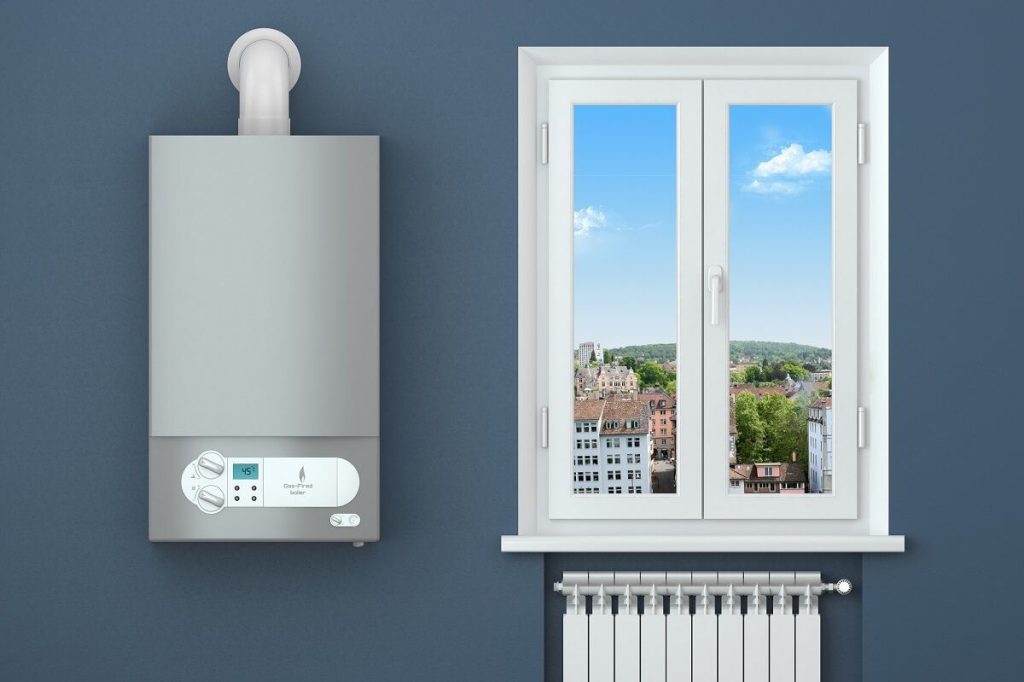4 Types of Heating Systems to Choose from

Selecting a heating system is a big decision since it is a big outlay initially. The energy performance of a system is going to depend on the available fuel and the size of the area required to be heated. Make sure to consult a local and reliable HVAC company for more information on heater installation and service. In the following paragraphs, we look at the different types of heating systems currently available.
This type of heating system functions by drawing air from within the residence, heating the air within a gas furnace, and then blowing it to outlets positioned in different areas of the house via ducts. The inside temperature can be controlled by using a thermostat, which is typically positioned close to the return air grille.
Your entire house is heated by hydronic systems which are propelled by gas. This is done by heating water within a gas boiler which is circulated through radiators, fan-coil units, or pipes that are embedded within a concrete slab. After the water has been circulated, it is returned to the gas boiler to be heated once again. It is possible to control the system by using a thermostat that monitors the room’s temperature.
3. Ducted reverse cycle air conditioning
This particular system heats or cools the entire house via a single set of ducts which are typically positioned in the ceiling. A central unit pulls the heat from the external air. It is circulated from there to outlets in the house via the ductwork. Following this, the air is returned to the indoor unit for heating once again. A thermostat controls the indoor air temperature. Heat is not generated by employing an electric element, instead, it extracts heat from the outside air using heat pump technology. This helps make it the most effective form of electric heating.
4. Multi-Split system air conditioning
Multi split system air conditioning consists of a single outdoor unit that is responsible for pulling heat from outside and transferring it to several indoor outlets in various parts of the house by means of refrigeration piping. It is possible to control each indoor outlet independently. Depending on the amount of space to be heated, it is possible to operate outlets all at once, one at a time, or several at a time. A thermostat controls the air temperature. Heat is not generated by an electric current. Instead, it uses heat pump technology; extracting heat from outside, which helps to make it a most effective type of electric heating.
Every property owner wants to enhance the longevity of their heating systems. With proper heater maintenance and giving attention to any warning signs, it is possible to get the most out of the units for a good number of years.
